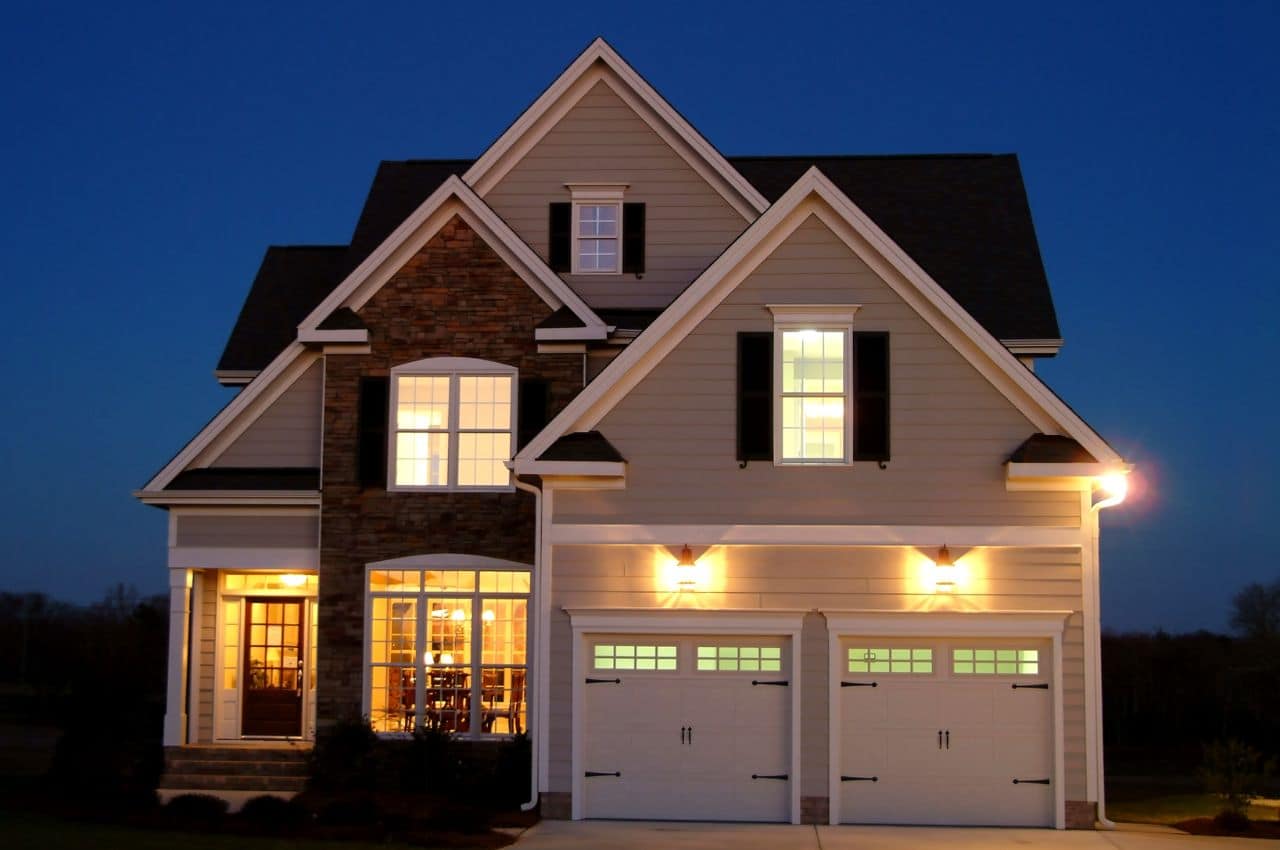When the quiet ambiance of an apartment complex is disrupted by the sudden appearance of flying termites, it’s not just an isolated problem—it’s an alarming sign of a potentially bigger issue. For property managers, the stakes are even higher. This isn’t just about a single apartment; it’s about maintaining the structural integrity of the entire building, protecting tenants, and upholding the reputation of the management.
This guide will lead you through understanding, identifying, and effectively handling flying termites in apartments.
Decoding the Flying Termite: What Are They?
The Life Cycle Stage: Contrary to some misconceptions, flying termites, often referred to as ‘alates’, are not a special species of termites. They’re a natural part of the termite life cycle. These are reproductive termites, ready to leave their colonies, mate, and establish new ones.
A Sign of Maturity: If you spot flying termites in an apartment, it suggests that a termite colony nearby has matured and is now sending out these winged reproductives to establish new colonies. This should be a red flag, indicating the pressing need to address the root of the problem.

Smarter Pest Control, Fewer Headaches.
Why are Flying Termites a Concern in Apartments?
Beyond the Nuisance: While these winged termites themselves might not cause structural damage, their presence implies that worker termites, which are responsible for the destruction of wood, are not far behind.
Rapid Multiplication: If left unchecked, these flying termites can lead to the creation of new colonies. Imagine multiple colonies within an apartment complex, silently eating away at the wooden structures.
Affecting Tenant Peace of Mind: No one wants to live with the thought of their apartment being infested. The sight of flying termites can cause distress among tenants, potentially leading to churn and impacting the apartment’s reputation.
Recognizing the Telltale Signs
Discarded Wings: After mating, flying termites shed their wings. If you come across clusters of tiny, silverfish wings near window sills, door frames, or any light source, it’s a strong indicator of their presence.
Mud Tubes: These are protective tunnels made by termites, usually found on walls, ceilings, or any other structure that provides them with food. These tubes are a sign of an active colony.
Hollow Sounding Timber: Termites consume wood from the inside out. Tapping on a wooden structure that gives a hollow or papery sound often indicates termite damage.
Visible Damage: This is the most obvious and concerning sign. If wooden structures show visible deterioration, it’s essential to act swiftly.
The Immediate Steps: What to Do When You Spot Them
Don’t Panic: While the presence of flying termites demands attention, panicking won’t help. Remember, the flying ones aren’t the wood destroyers. They signal the need to find and eradicate the main colony.
Restrict Lighting: Flying termites are attracted to light. During their mating season, it’s a good idea to reduce lighting during the evening hours, especially near windows and doors, to make the environment less inviting for them.
Consult a Professional: The problem of termites, especially in a large apartment complex, is not something that can be handled with DIY solutions. It requires the expertise of a professional exterminator to address the root of the issue and ensure it doesn’t recur.
The presence of flying termites in an apartment can be distressing, but with knowledge and proactive measures, property managers can address and mitigate the issue. The key lies in recognizing the signs early and taking swift, decisive action. Remember, as a property manager, you’re not just safeguarding the structural health of the apartment but also ensuring the peace of mind of its inhabitants.
The Regional Nuance: Tackling Flying Termites in Arizona
Arizona, with its distinct desert climate, poses unique challenges and considerations when it comes to pest control. The arid environment doesn’t exempt properties from termite threats; in fact, it brings its own set of challenges that property managers need to be acutely aware of.
Flying Termites Arizona: A Closer Look
Distinct Species: Arizona is predominantly home to the desert subterranean termite, known scientifically as Heterotermes aureus. This species is uniquely adapted to the hot and dry climate, capable of surviving and thriving where other termite species might struggle.
Seasonal Swarms: In Arizona, the most common period to witness flying termite swarms is during the monsoon season, especially after a rain. The increase in humidity acts as a trigger for these winged termites to embark on their nuptial flight.
Unique Damage Patterns: Desert subterranean termites in Arizona have a propensity to eat along the grain of the wood, creating a characteristic pattern of galleries that can help in their identification.
Prevention and Control in the Desert Landscape
Landscape Considerations: Given Arizona’s desert landscaping, it’s essential to ensure that any wooden components, such as planters or decorative items, are regularly inspected for signs of termites. Moisture from watering plants can create a conducive environment for termites to thrive.
Regular Inspections: The desert environment can be deceiving. While one might assume that the dry climate minimizes termite risk, the opposite is often true. Regular inspections, especially during the monsoon months, are crucial.
Localized Treatment: In Arizona, spot treatments can be effective due to the localized nature of desert subterranean termite infestations. However, this method requires an accurate identification of all infested areas.
Collaborating with Arizona-based Exterminators
Local Expertise: Given the unique challenges of the Arizona landscape, partnering with a local exterminator who understands the behavior and patterns of desert termites is invaluable.
Advanced Techniques: Exterminators in the region often employ techniques tailored to the desert subterranean termite. This includes specialized baiting systems, termiticides that can combat the resilient species, and monitoring systems that account for the Arizona climate.
Awareness Campaigns: A collaborative effort between property managers and exterminators can help in creating awareness among tenants. Informing them about the unique termite challenges of Arizona and preventive measures can amplify collective efforts.
Understanding Termite Behavior to Combat Invasion

Having a grasp on termite behavior, especially flying termites, can significantly enhance mitigation strategies. This is not about waging war but about understanding an adversary to create an environment where they’re least likely to thrive.
Light Attraction: Flying termites, irrespective of the region, are invariably attracted to light. This behavior can be leveraged to set up traps or monitoring systems, especially during swarming seasons.
Moisture is Key: Termites require moisture to survive. Ensuring that there’s no unnecessary accumulation of water, fixing leaks promptly, and having proper drainage systems in place can deter termite colonization.
Barrier Systems: Physical barriers, like sand or basaltic rock, can be effective in preventing subterranean termites from accessing buildings. These barriers, due to their particle size, prevent termites from moving through them.
Chemical Treatments: Modern termiticides are both effective and environmentally safe. They can be used to create a treated zone around a property, deterring termites from crossing into the premises.
In the battle against flying termites, especially in unique environments like Arizona, knowledge and proactive management are the best defense. By understanding the nuances of regional termite behavior, utilizing local expertise, and implementing preventive measures, property managers can effectively safeguard their properties and ensure tenant satisfaction.
Frequently Asked Questions (FAQ) About Flying Termites
Do termites fly around lights?
Yes, flying termites, also known as alates or swarmers, are attracted to lights. This behavior is most pronounced during their swarming phase. Lights, especially those present near windows or open areas, can act as a beacon for these winged termites. This is why you often find them near light fixtures, windows, and other light sources during their mating season.
How long does the flying termite phase last?
The flying phase for termites is relatively short-lived. Once they have swarmed, mated, and found a suitable location, they shed their wings and start a new colony. This swarming activity can last anywhere from a few minutes to several hours, and the frequency can vary based on the species and environmental conditions.
Can flying termites cause damage to my property?
While the flying termites themselves don’t directly damage property (their main purpose is reproduction), their presence is indicative of an active termite colony nearby. It’s the worker termites from these colonies that cause the actual damage by consuming wood and other cellulose materials.
How can I differentiate between flying ants and flying termites?
It’s essential to accurately identify the pest to apply the right treatment. Flying ants have a pinched waist, bent antennae, and two pairs of wings with the front pair being larger than the back pair. In contrast, flying termites have a straight waist, straight antennae, and two pairs of equally-sized wings.
What should I do if I spot flying termites in my apartment?
The immediate step should be to contact a professional exterminator. While the flying termites are not the destructive ones, their presence means there’s a mature colony nearby. A professional will help identify the source, assess the extent of the infestation, and recommend appropriate measures.
Are flying termites dangerous?
Flying termites do not pose a direct threat to humans; they don’t sting or bite. Their significance lies in what they represent – a mature termite colony that can damage wooden structures and other materials in buildings.
Do Flying Termites Bite Humans?
Flying termites, or alates, do not bite humans. Their primary role in the termite colony is reproduction, not defense or feeding. Unlike worker termites or soldier termites, flying termites do not have strong mandibles designed for biting. Instead, their purpose is to leave the colony, mate, and start new ones. While they might seem alarming when swarming in large numbers, flying termites pose no direct physical harm to people. However, their presence indicates the potential for structural damage caused by an existing colony, making professional pest control essential.
How can I prevent future swarms of flying termites?
Preventing termite swarms involves addressing the root cause, i.e., the termite colony itself. Regular inspections, treating the wood with termite-resistant chemicals, ensuring the property remains dry and free from moisture accumulation, and partnering with local exterminators can help in effective prevention.
Do all termites fly?
No, not all termites fly. Only the reproductive members of a termite colony develop wings and fly. These are the alates or swarmers. Their primary purpose is to mate and establish new colonies.
How often do termites swarm?
The frequency of termite swarms depends on the species and environmental conditions. Some species might swarm annually, while others can do so more frequently, especially in warmer climates or after a rainfall.
Can DIY methods work in controlling flying termites?
While certain DIY methods might provide temporary relief, addressing a termite issue, especially in an apartment complex, requires professional intervention. Termite control is not just about treating the visible signs but ensuring the entire colony is eradicated to prevent future infestations.
Property managers and tenants alike can benefit from a comprehensive understanding of flying termites. Armed with knowledge and in collaboration with professionals, it’s possible to ensure properties remain termite-free and structurally sound.





